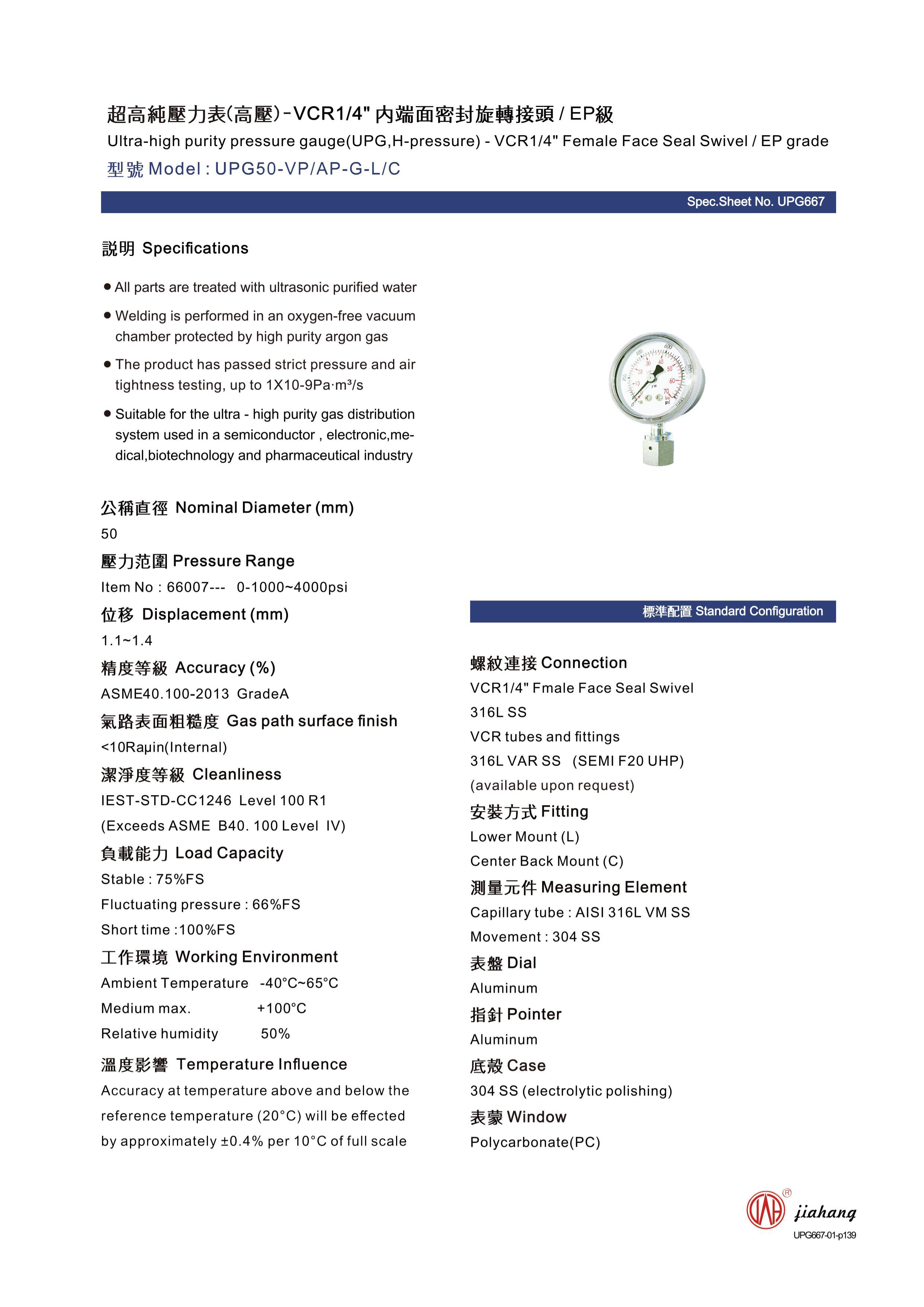
8 月 . 09, 2024 17:40 Back to list
Manufacturers of Flush Diaphragm Pressure Gauges for Accurate Industrial Measurements and Applications
Understanding Flush Diaphragm Pressure Gauges Functions and Manufacturing
In the realm of industrial measurement, precision and reliability are paramount. One of the key instruments used in various applications to measure pressure is the flush diaphragm pressure gauge. As industries continue to evolve, the demand for specialized instruments, such as these gauges, has led to a rise in flush diaphragm pressure gauge factories around the globe.
What is a Flush Diaphragm Pressure Gauge?
A flush diaphragm pressure gauge is a type of pressure measuring device designed to provide accurate readings in environments that may be challenging for standard pressure gauges. The flush diaphragm design features a diaphragm that is flush with the pressure port, making it ideal for applications where viscous, crystallizing, or corrosive fluids are present. This unique structure helps to prevent blockage and ensures that the gauge remains functional without requiring frequent maintenance or cleaning.
Applications
Flush diaphragm pressure gauges are commonly used in industries such as petrochemical, food and beverage, pharmaceuticals, and wastewater management. In the food and beverage industry, for example, sanitation is critical. The flush diaphragm prevents contamination, making these gauges suitable for sanitary applications. Similarly, in the pharmaceutical sector, where clean environments are necessary, these gauges ensure that measurements are precise while maintaining hygiene standards.
The Manufacturing Process
The production of flush diaphragm pressure gauges involves several critical steps to ensure quality and reliability
. First, high-quality materials such as stainless steel or other corrosion-resistant alloys are chosen to withstand harsh environments. The manufacturing process begins with the careful selection of materials that meet industry standards.Next, precision machining techniques are employed to create the diaphragm and housing. Automated CNC machines and advanced fabrication tools help achieve the required precision, minimizing the risk of leaks or inaccuracies. After machining, the components undergo rigorous testing, including pressure testing and visual inspections, to ensure they meet stringent quality standards.
flush diaphragm pressure gauge factories

Once the individual components are produced and tested, they are assembled in a controlled environment to prevent contamination. The assembly is conducted by skilled technicians who prioritize accuracy and attention to detail. Each gauge is then calibrated to ensure its accuracy across a specified pressure range.
Quality Control
Quality control is a crucial aspect of manufacturing flush diaphragm pressure gauges. Factories implement various testing protocols to ensure that each gauge performs within the desired specifications. This might include environmental testing, durability assessments, and long-term stability evaluations. Adherence to international standards, such as ISO 9001, is often a requirement in flush diaphragm pressure gauge factories, ensuring that they consistently deliver high-quality products.
Market Trends and Future Prospects
As industries continue to innovate and seek improved efficiency, the demand for advanced pressure measurement solutions like flush diaphragm pressure gauges is expected to grow. Factories are continuously researching and integrating new technologies, such as digital pressure gauges that offer enhanced features, like remote monitoring and data logging capabilities.
Moreover, the emphasis on sustainability and reducing environmental impact is prompting manufacturers to adopt more eco-friendly practices and materials. As regulations surrounding industrial processes tighten, the flush diaphragm pressure gauge is likely to play a crucial role in ensuring compliance with safety and environmental standards.
Conclusion
Flush diaphragm pressure gauge factories are essential in producing reliable and precise measuring instruments that meet the challenges of various industries. From stringent manufacturing processes to rigorous quality control measures, these factories play a vital role in ensuring that flush diaphragm pressure gauges operate effectively under challenging conditions. As technology advances and industries evolve, the importance of these gauges will only continue to grow, underscoring their pivotal role in industrial measurement.
-
High-Precision 5 Valve Manifold Differential Pressure Gauge Suppliers
NewsApr.29,2025
-
High-Precision Diaphragm Vacuum Pressure Gauges Manufacturers & Quotes
NewsApr.29,2025
-
Omega Differential Pressure Gauges High Accuracy & Durability
NewsApr.28,2025
-
Low Pressure Differential Pressure Gauges Precision Solutions & Quotes
NewsApr.28,2025
-
Digital Diaphragm Pressure Gaauge Precision Measurement & OEM Quotes
NewsApr.28,2025
-
Differential Pressure Gauge China Price High-Accuracy & Best Quotes
NewsApr.28,2025
